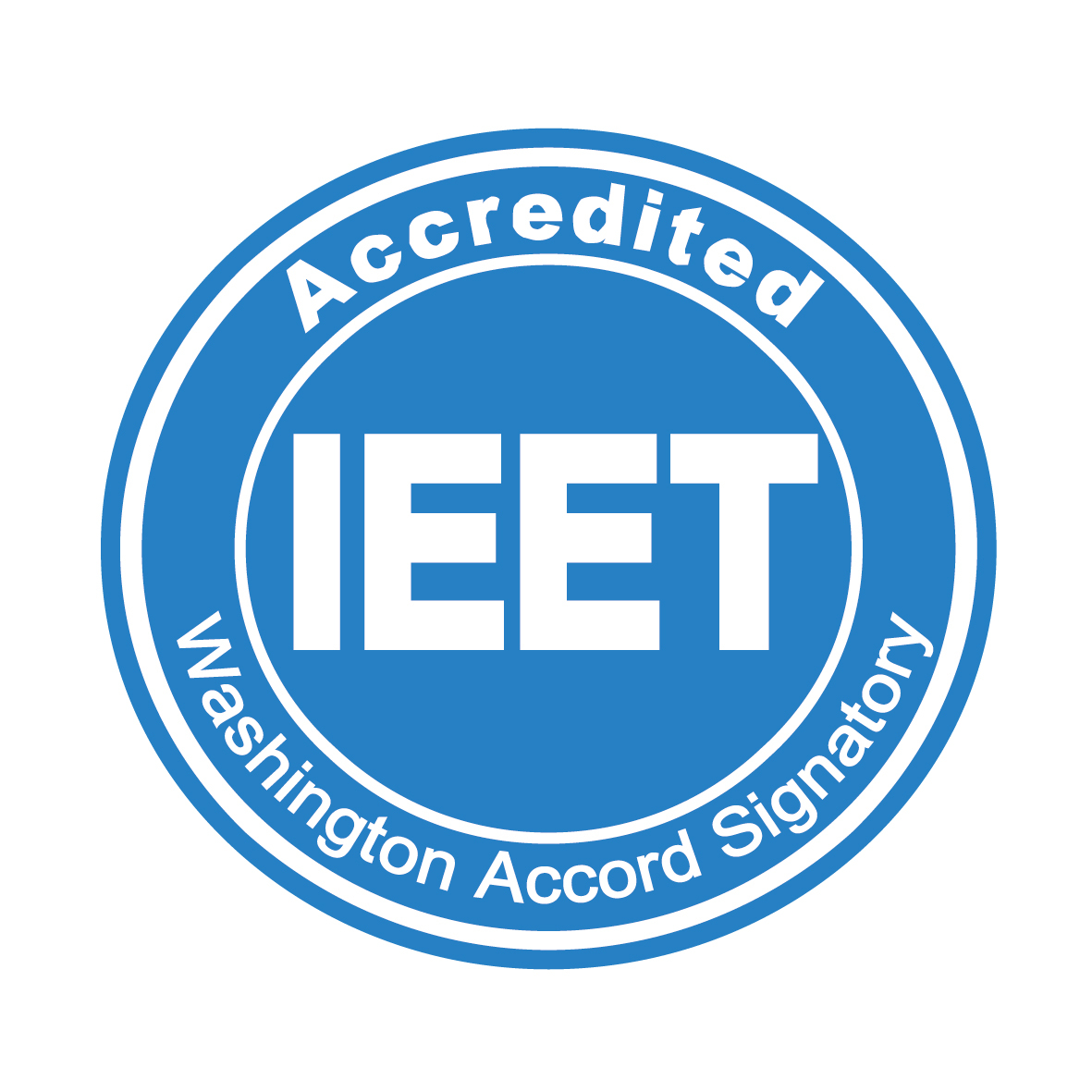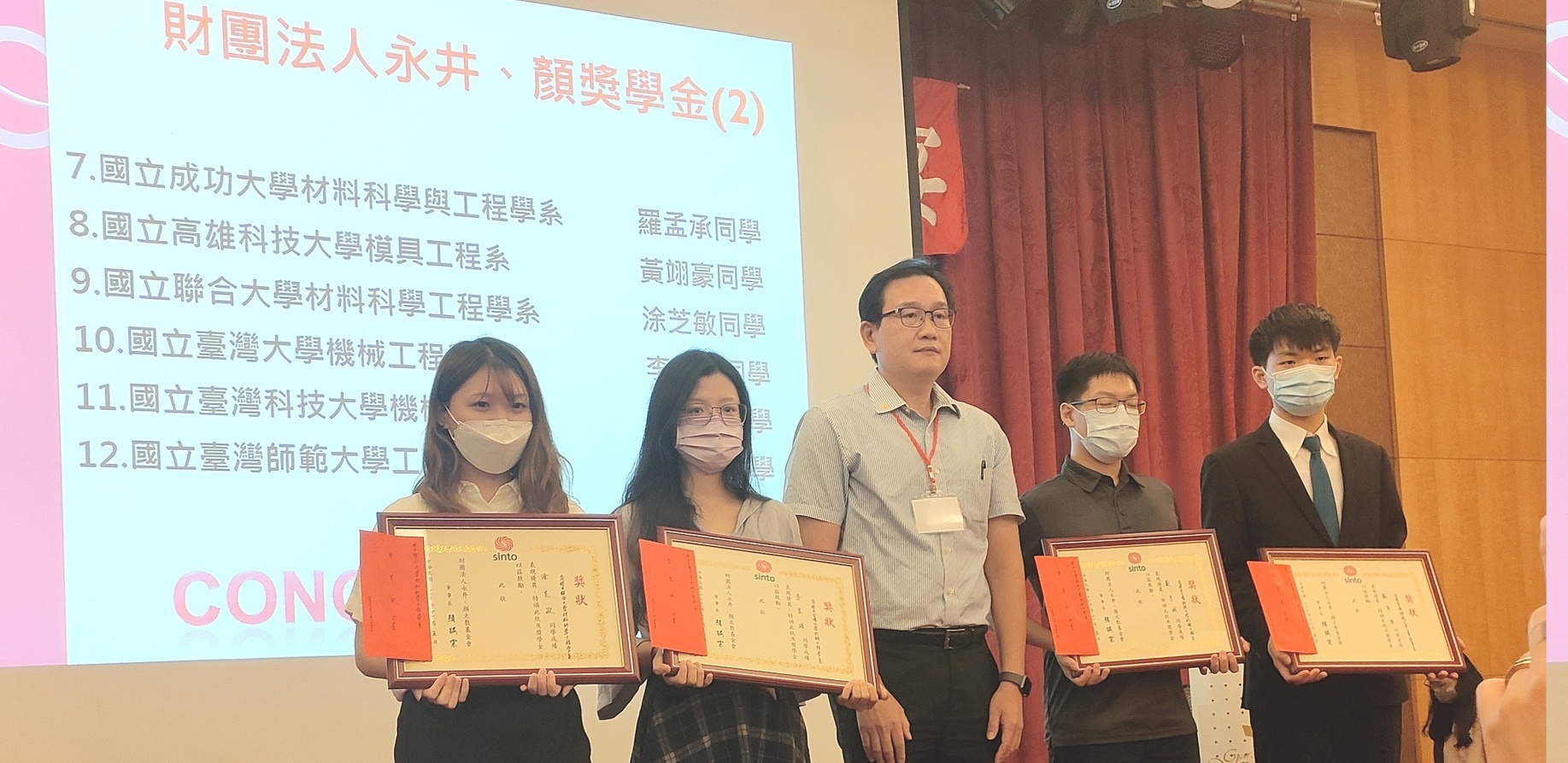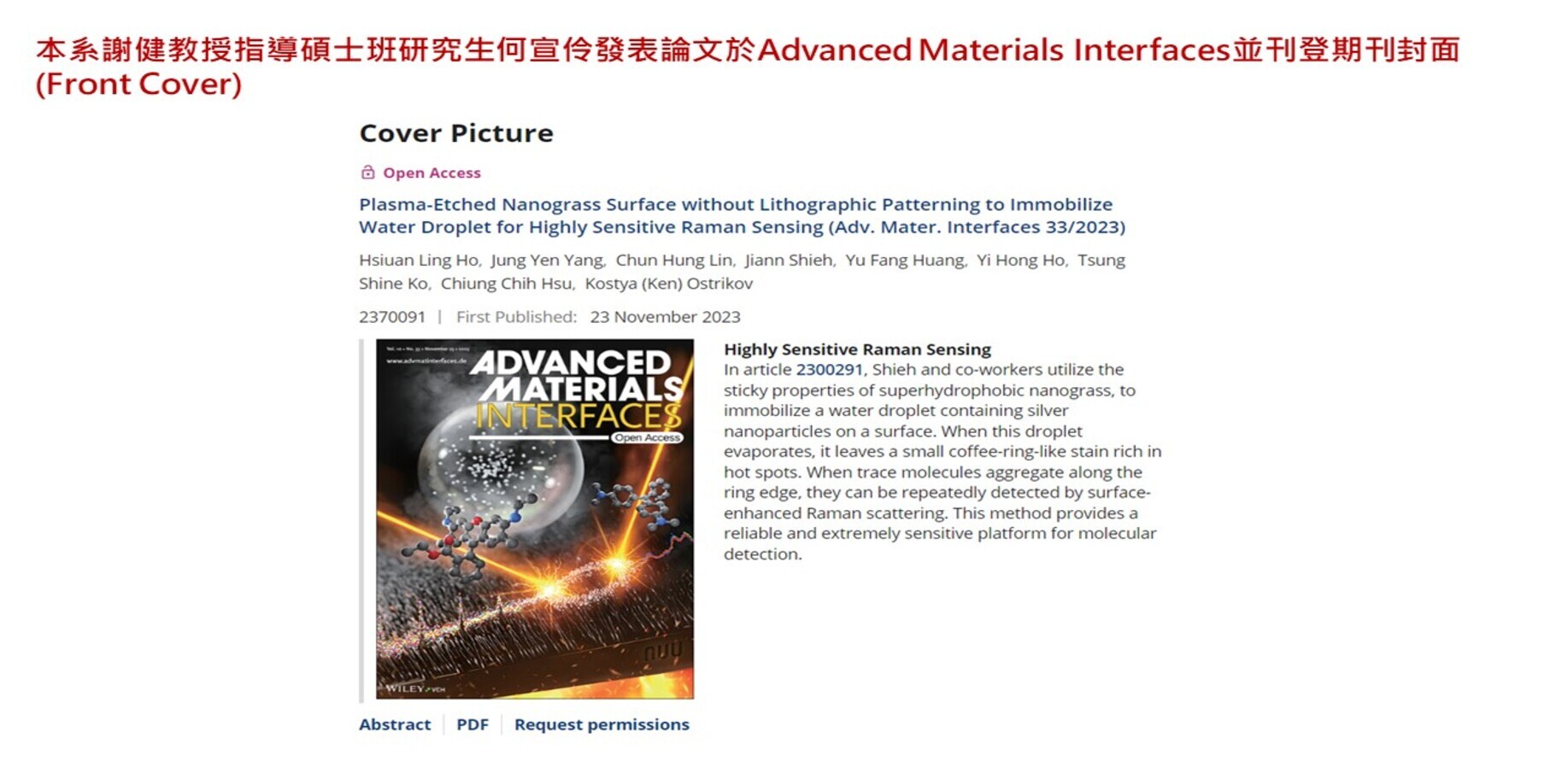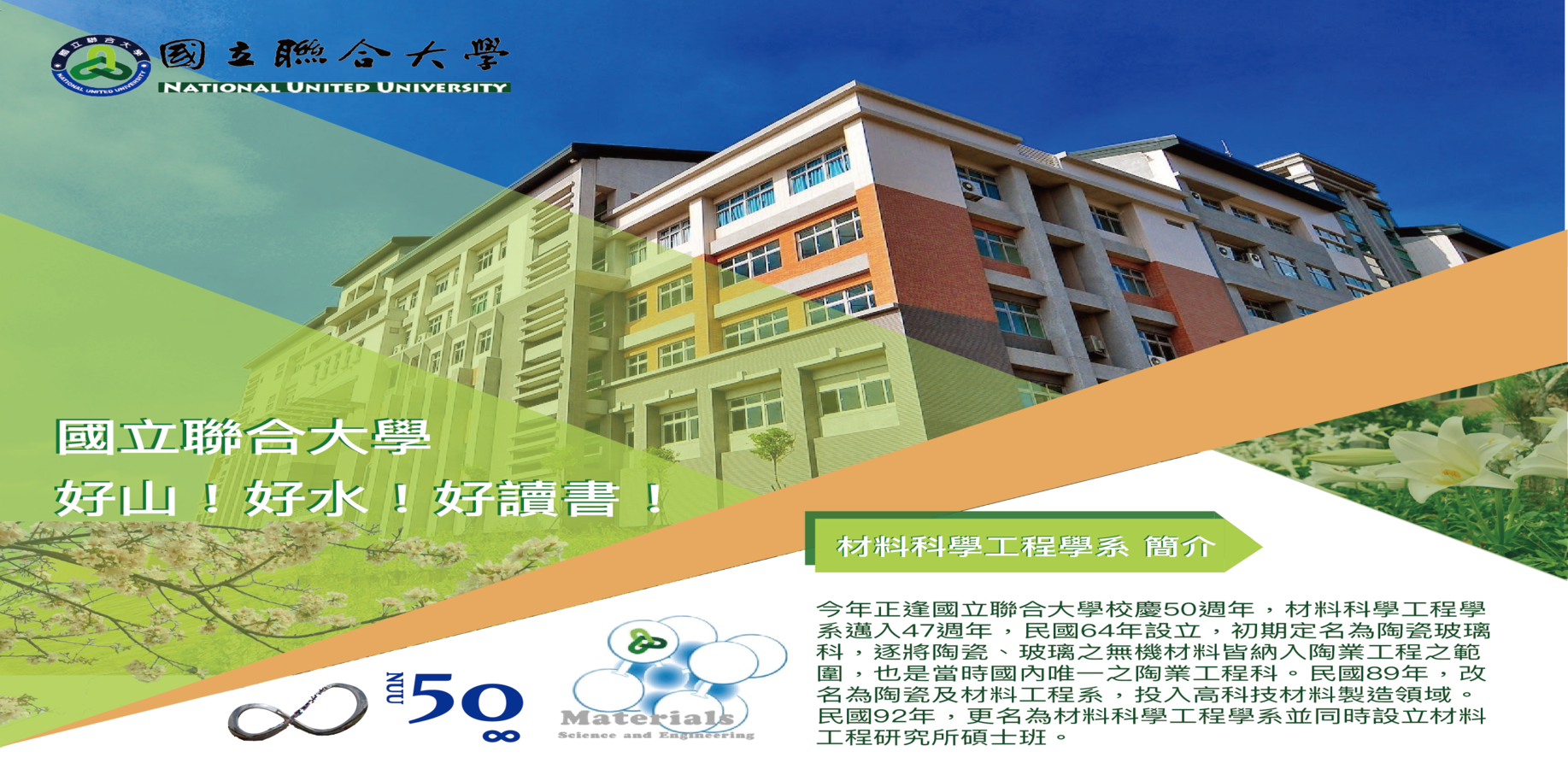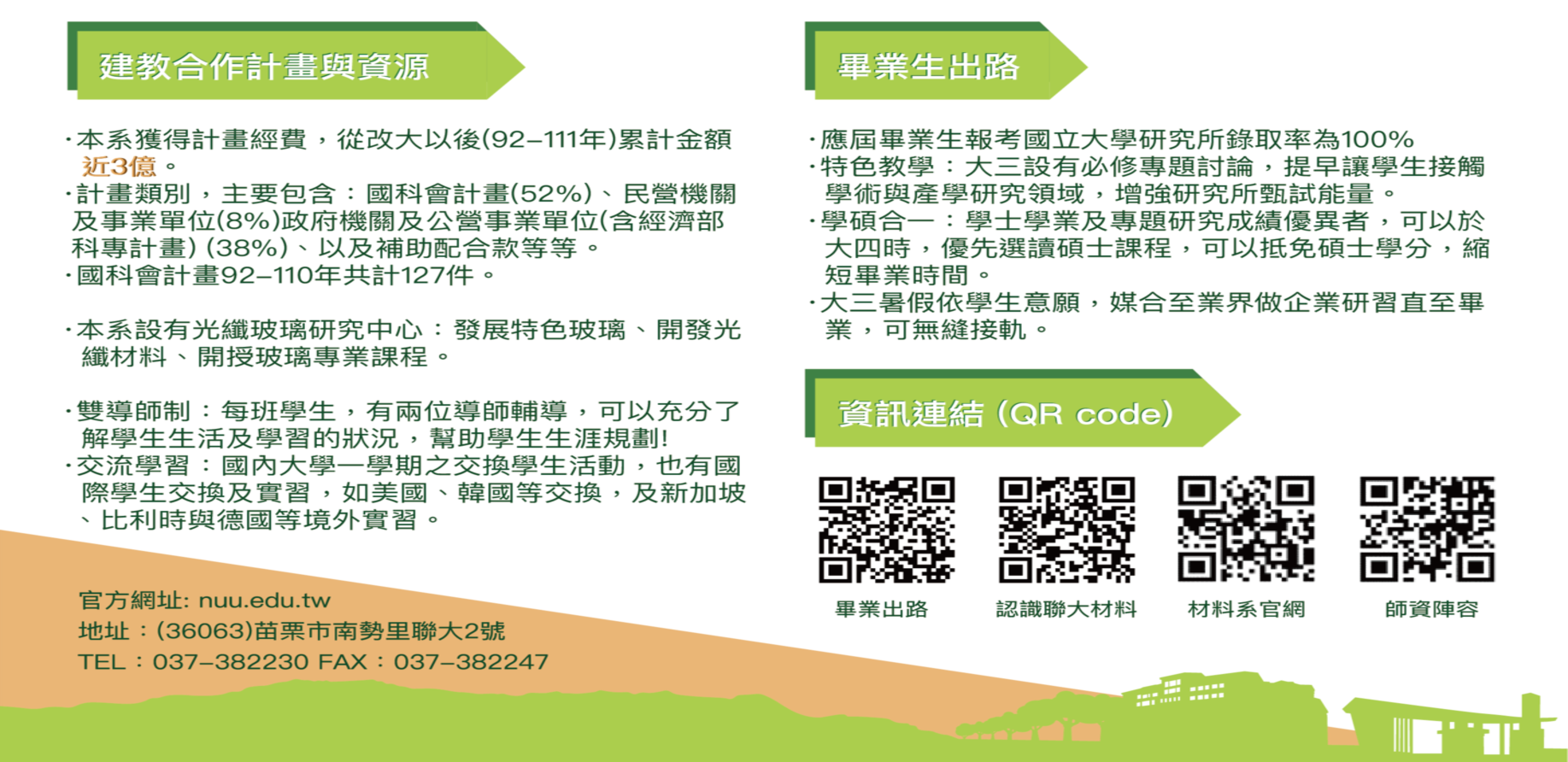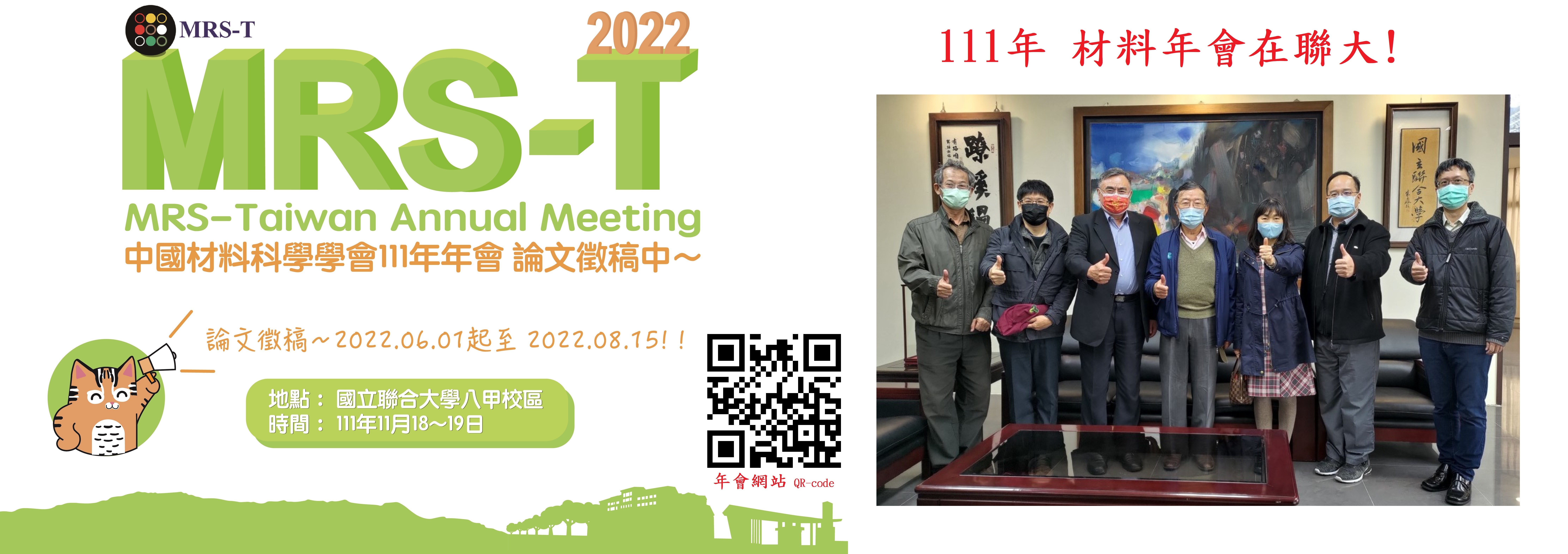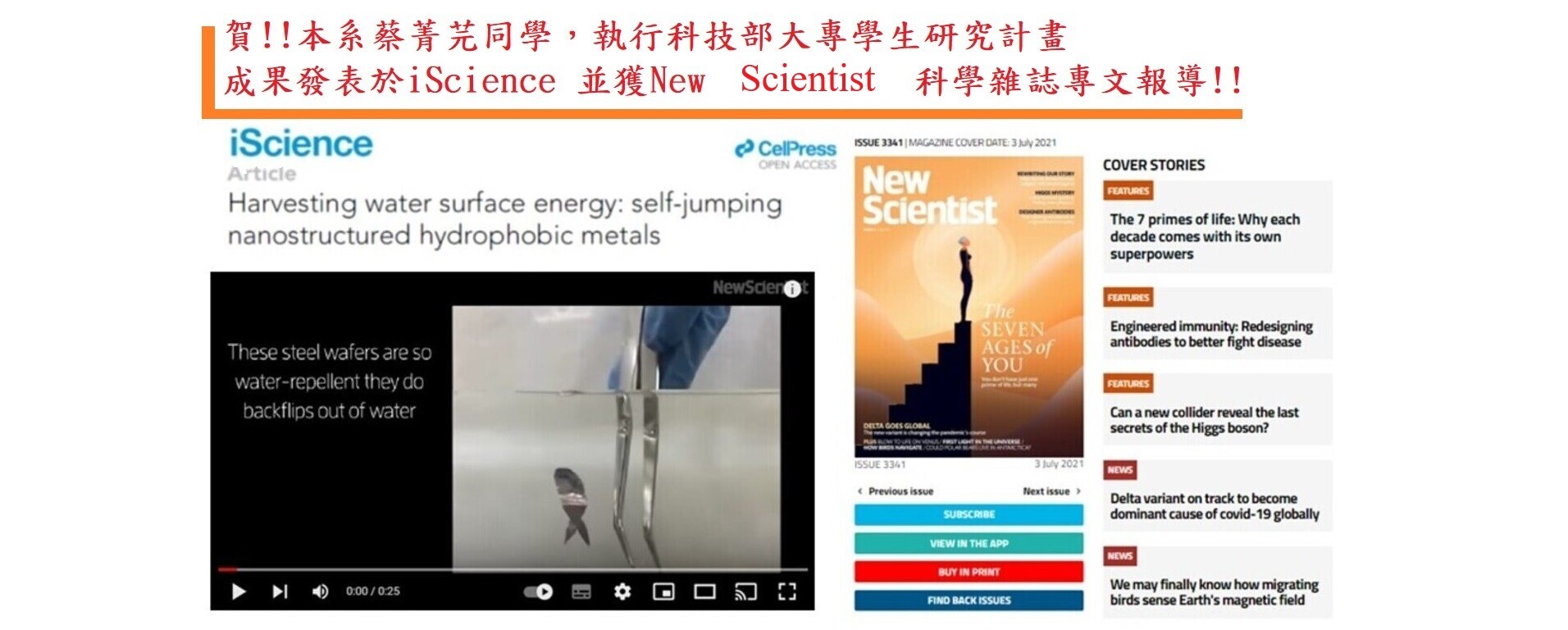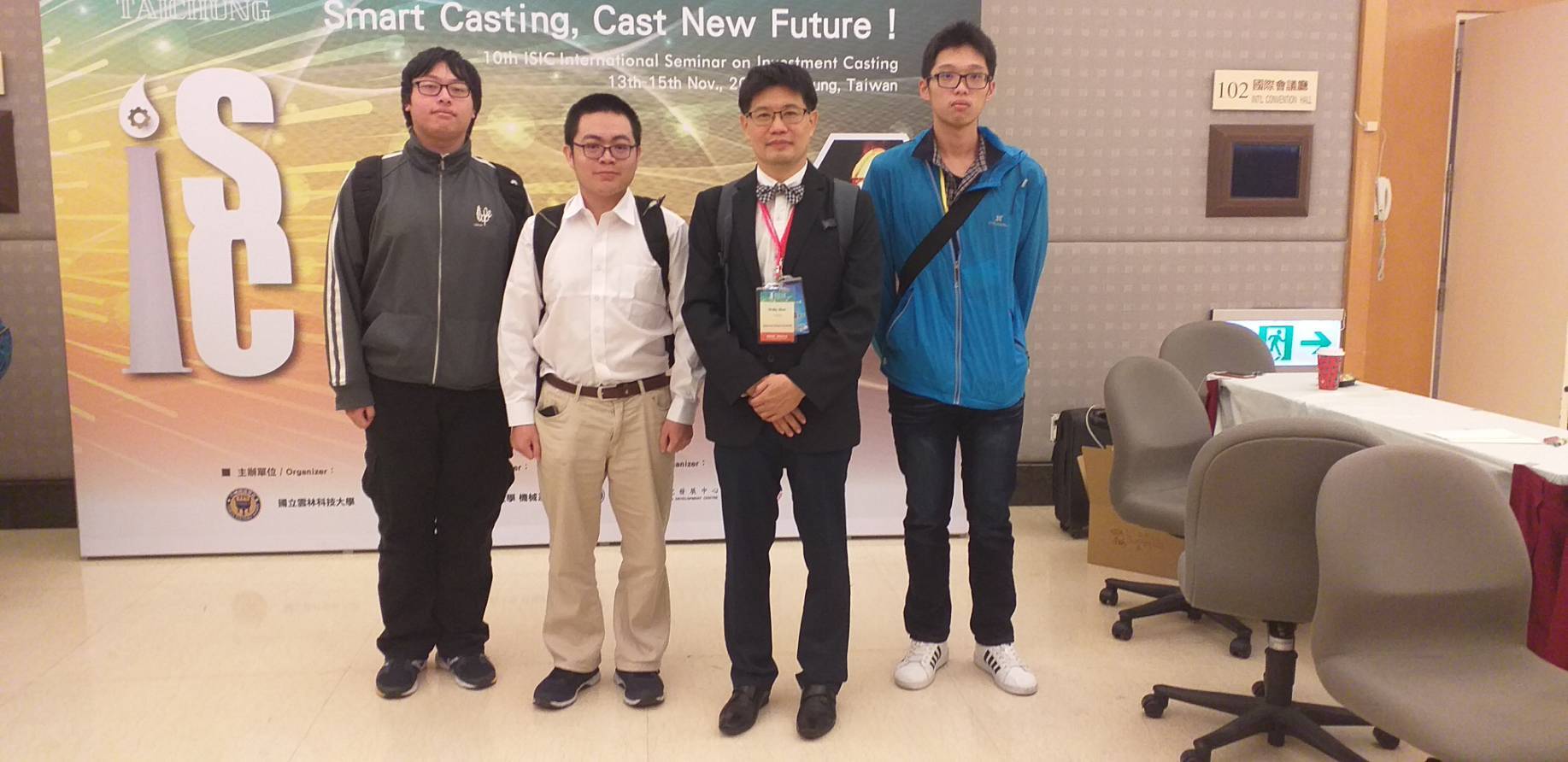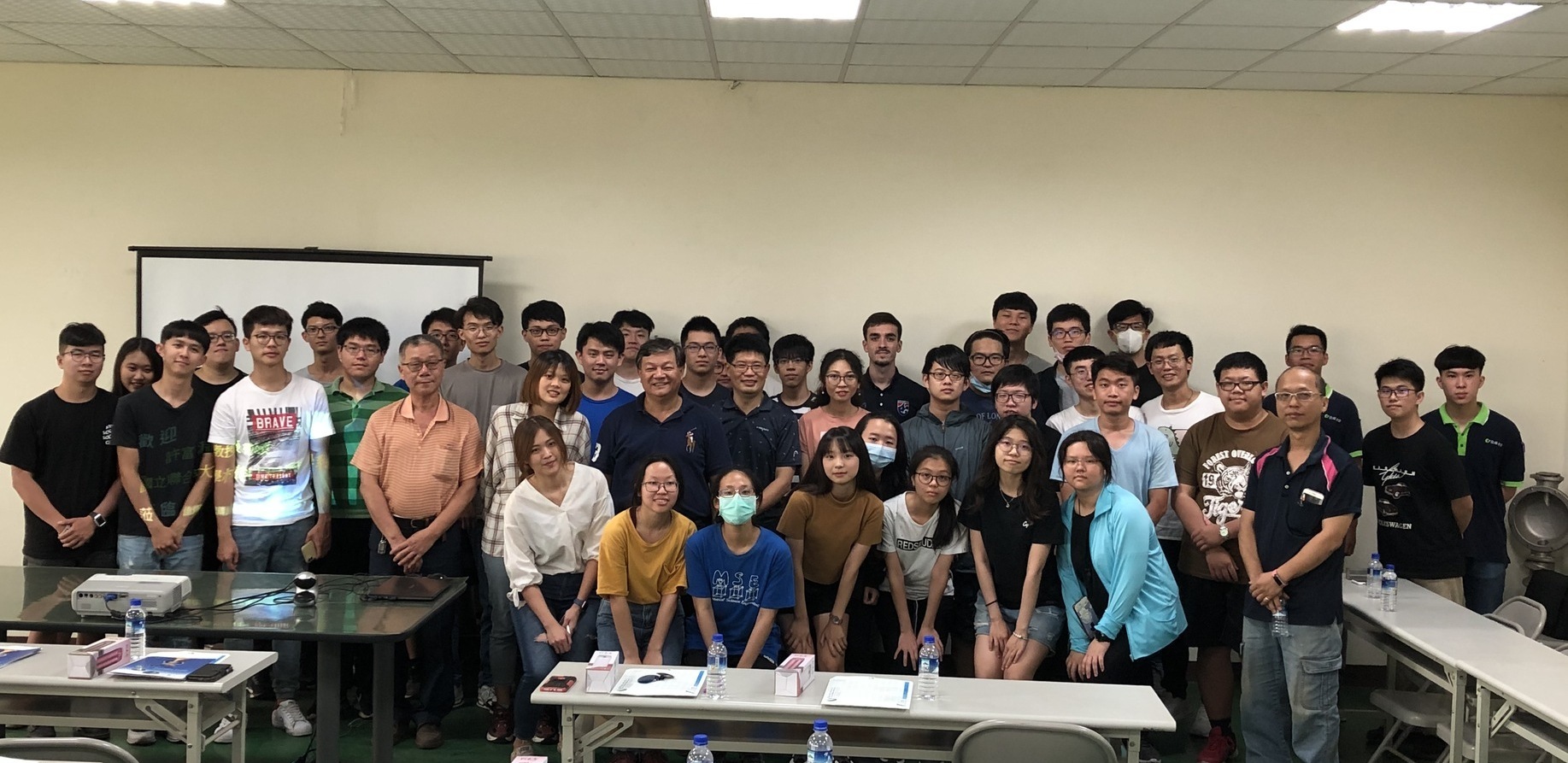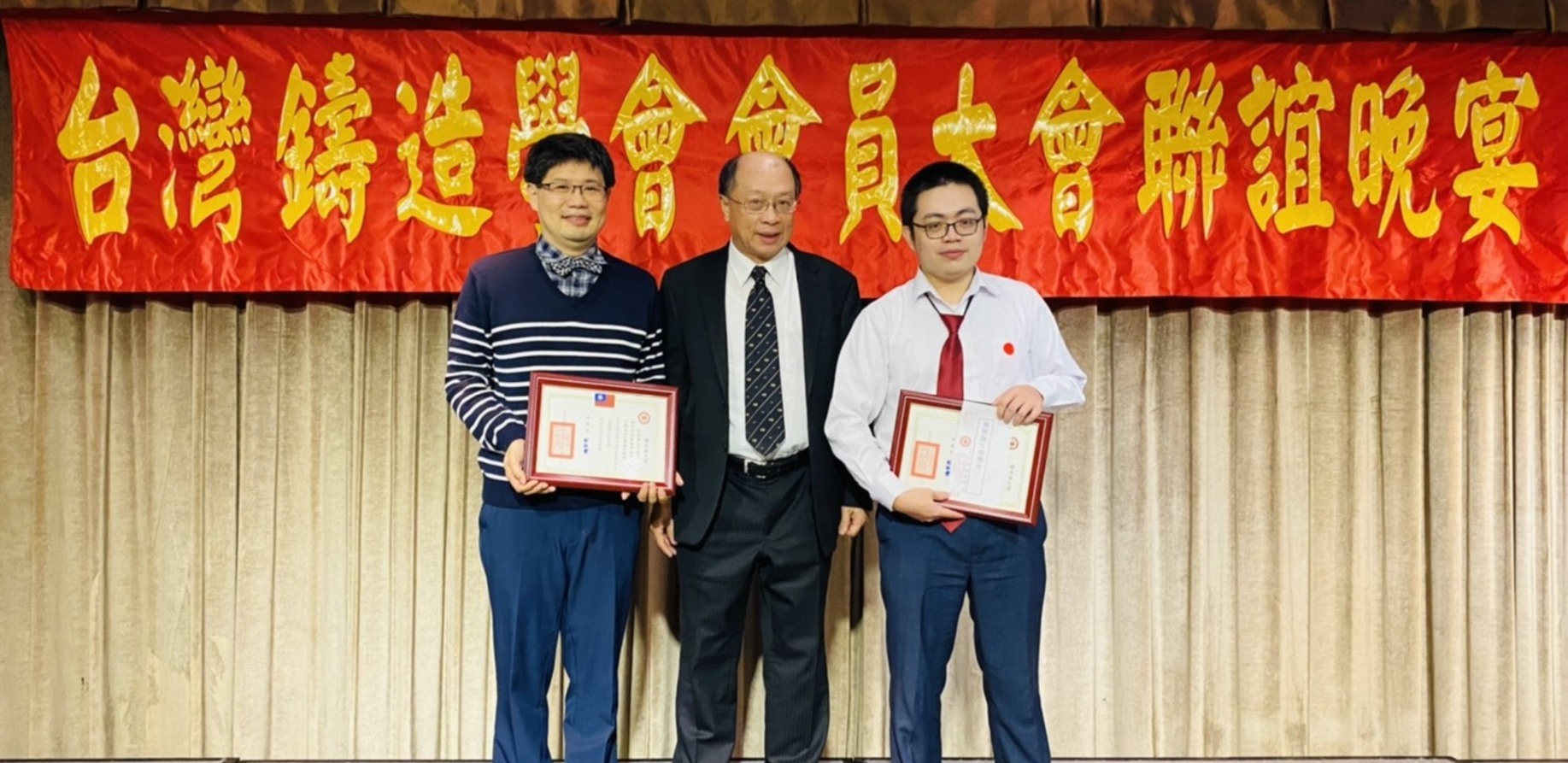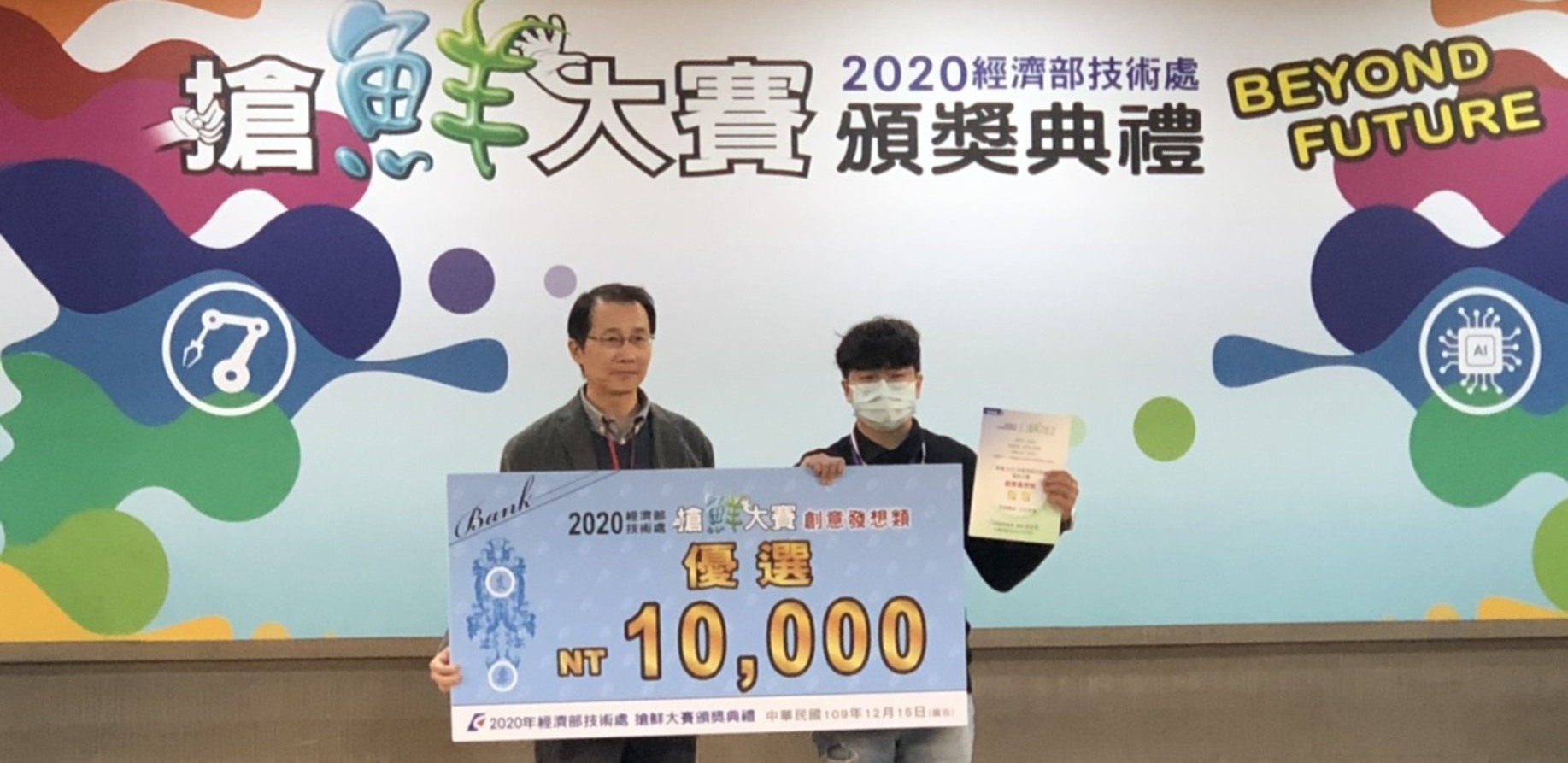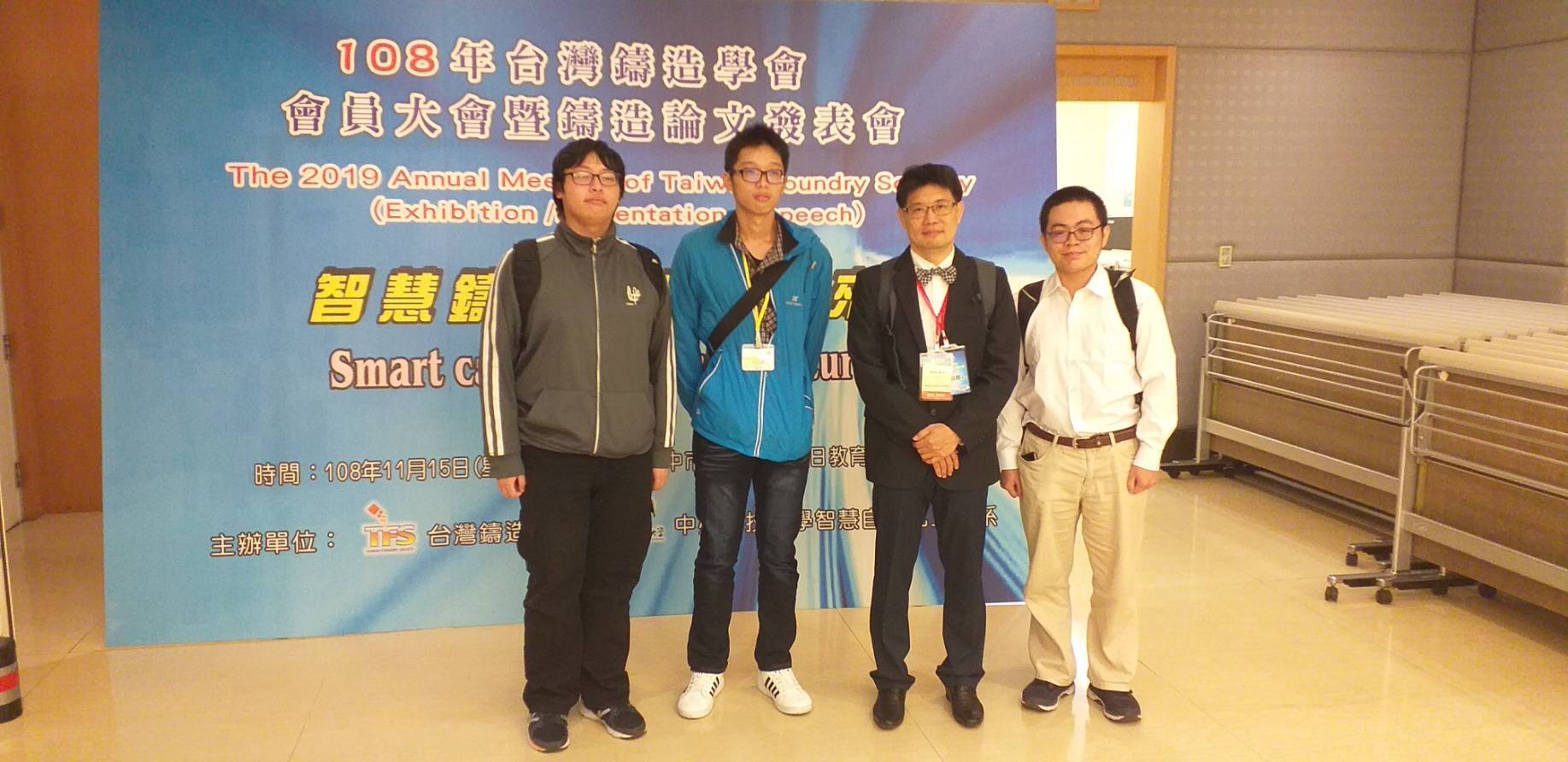物理冶金(一)(賴宜生)
物理冶金(一)
頁首 / 物理冶金(一)
課程名稱 |
(中文) 物理冶金(一) |
開課學程 |
大學部 |
||
(英文) Physical Metallurgy (I) |
課程代碼 |
DSCE0158 |
|||
授課教師 |
賴宜生 |
||||
學分數 |
3 |
必/選修 |
必 |
開課年級 |
材料二 |
建議先修科目 |
材料科學導論(一)、材料科學導論(二) |
||||
課程概述 (course description): 物理冶金為一門探討材料的固態結構、缺陷與特性的基礎理論課程,並以熱力學與動力學的觀點來解釋材料內部原子與缺陷行為,本學期主要講解晶體的結構、材料分析方法、原子的鍵結、與材料缺陷(差排、晶界與空孔)等。其中缺陷在材料性質上扮演著重要的角色,本課程中後段將介紹缺陷的形成以及它們如何影響材料的性質,讓學生了解如何控制缺陷來改善材料特性,或設計新功能性的材料來作進階的應用。 The point of this course is to provide a theoretical basis that covers the structure of materials and defects with their characteristics, focusing primarily on metals. In addition, the behavior of atoms and defects as a function of temperature are also discussed, linking thermodynamics and kinetics to the structure and properties of metals. Over the course of the semester, we will focus on the topics of crystal structure, XRD analysis, atomic bonding, and defects. Defects play an important part in the physical and chemical behaviors of materials. The course will provide an introduction to the defects about how they form and how they influence material properties, in order to help students to manipulate them in the development of new or improved materials for advanced applications. 課程目標 (course objectives): 1. 讓學生認識材料的晶體結構與原子鍵結 2. 教導學生利用繞射分析方法來了解材料結晶結構 3. 介紹學生差排與晶界的特性以及其如何影響金屬材料的機械性質 4. 讓學生了解空孔形成與自由能的關係 |
|||||
教科書 |
R. Abbaschian, L. Abbaschian, R.E. Reed-Hill, Physical Metallurgy Principles, 4th edition, Cengage Learning, Standford, 2010. |
||||
參考書籍 |
J.D. Verhoeven, Fundamentals of Physical Metallurgy, John Wiley & Sons, New York, 1975.
|
||||
SDGs |


|
||||
單元主題 |
內容綱要 |
對應之學生核心能力 |
核心能力達成指標 |
||
晶體結構 Crystal structure |
1. 金屬晶體結構 2. 晶體中原子的線、面與體積堆積密度 3. 晶體的格隙位置 4. Miller 指標 5. 立體投影圖 |
P1, P2, P3, P5, P8 |
以小考和期中、期末考來驗證學生核心能力的達成。 |
||
分析方法 Characterization techniques |
1. X-ray 的產生 2. X-ray 繞射分析技術 |
P1, P2, P3, P5, P8 |
以小考和期中、期末考來驗證學生核心能力的達成。 |
||
原子的鍵結 Crystal binding |
1. 位能阱與材料性質的關係 2. 離子鍵、共價鍵與金屬鍵 3. 偶極與凡得瓦爾力 |
P1, P2, P3, P5, P8 |
以小考和期中、期末考來驗證學生核心能力的達成。 |
||
差排與塑性變形 Dislocation and plastic deformation |
1. 差排的型式與定義 2. 延伸差排 3. 差排交互作用 4. 差排的應力場與應變能 5. Frank-Read 差排源 6. 晶體的滑移系統 7. 臨界分解剪應力 8. 交叉滑移 9. 應力作用下滑移系統的改變 10. 差排與機械性質的關係 |
P1, P2, P3, P5, P8 |
以小考和期中、期末考來驗證學生核心能力的達成。 |
||
晶界 Grain boundary |
1. 晶界的定義 2. 小角度晶界 3. 晶界的應力場與應變能 4. 低能量差排結構 5. 動態回復 6. 第二相析出與晶界表面能 7. Hall-Petch 方程式 8. 共位晶界 |
P1, P2, P3, P5, P8 |
以小考和期中、期末考來驗證學生核心能力的達成。 |
||
空孔 Vacancy |
1. 空孔的形成 2. 空孔平衡濃度 3. 空孔的移動 |
P1, P2, P3, P5, P8 |
以小考和期中、期末考來驗證學生核心能力的達成。 |
||
教學要點概述: 1. 教材編選:以ppt檔案呈現教材 2. 教學方式:課堂講授 3. 成績評量方法:甲、Quiz (4次) 30%,乙、Midterm exam 35%,丙、Final exam 35%。 4. 教學資源:http://elearning.nuu.edu.tw/ |
|||||
瀏覽數:

